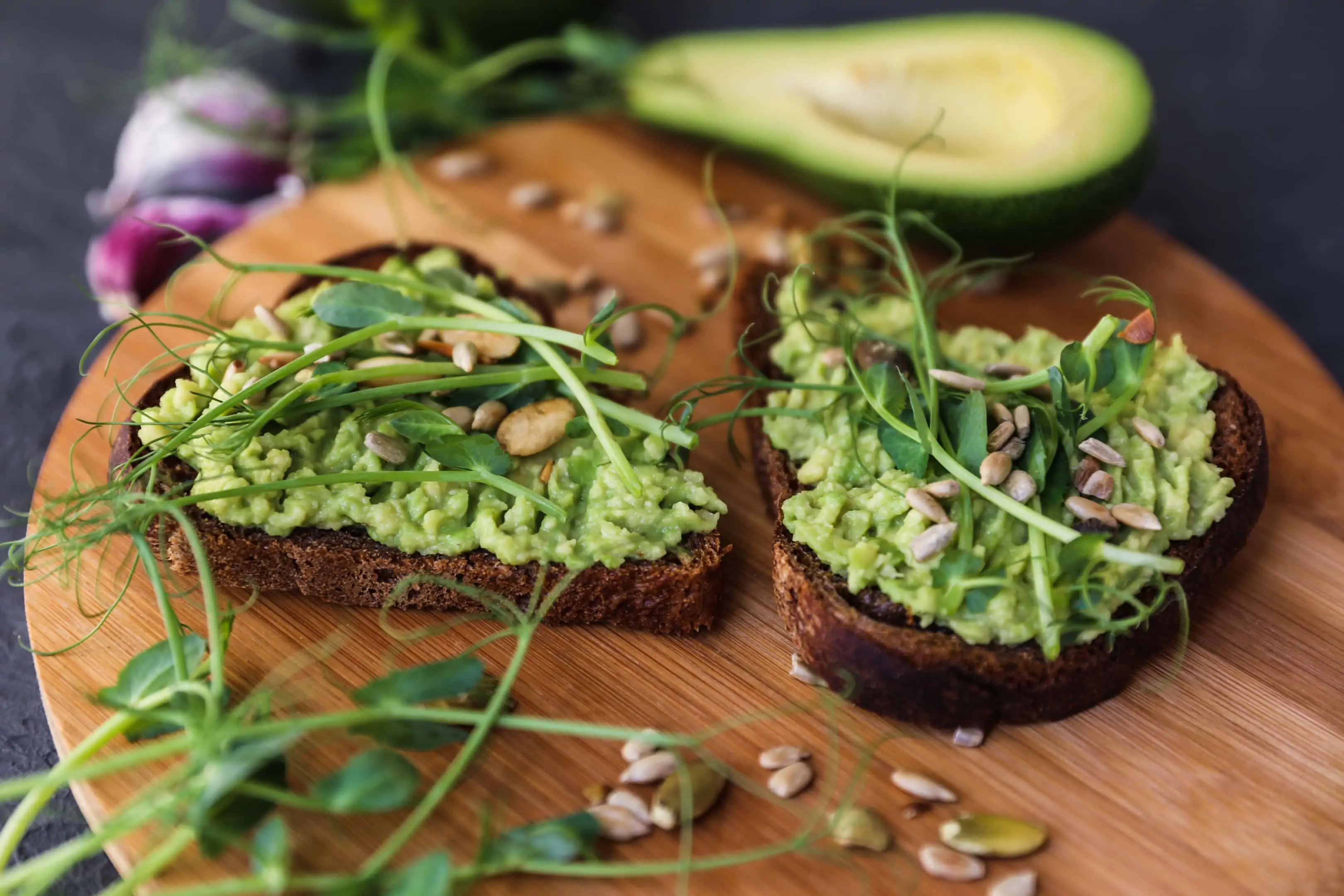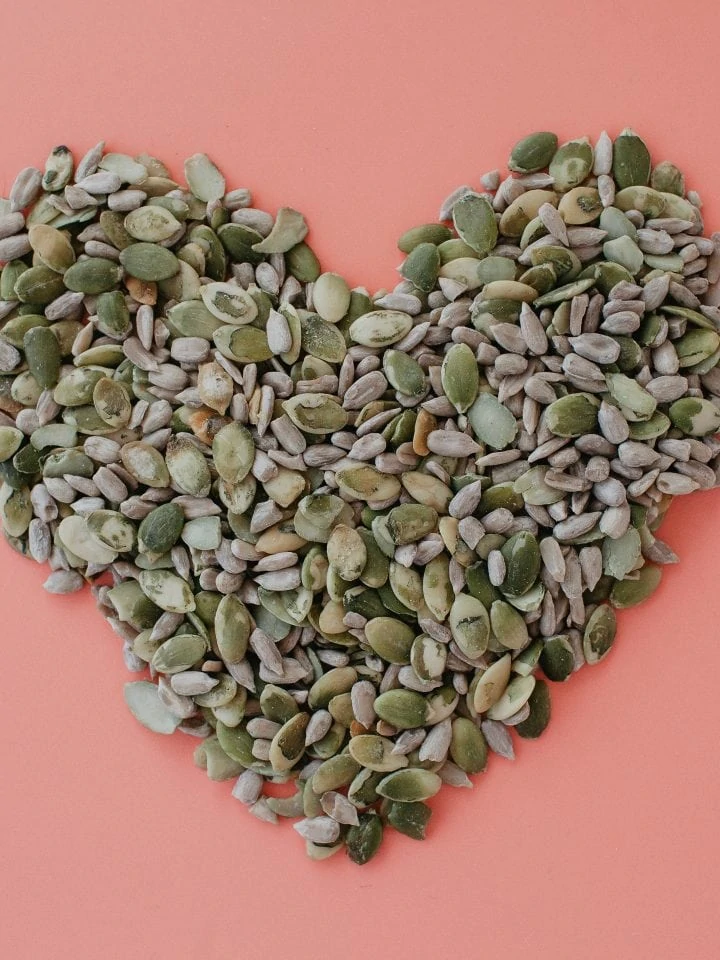In recent years, cataracts have become one of the most common eye conditions. With cataracts, there is a gradual alteration to the eye's normal lens that slowly deteriorates vision. Most times, this eye issue is caused when the proteins in the lens degrade, causing things to seem blurry, foggy, or less colored.
However, contrary to popular belief, cataracts can occur at any age. Although age is a major contributing factor to cataract development, this is not the primary cause.
Cataracts develop because proteins from the lens clump together, clouding the lens or turning it into a yellowish-brown tint. This haze can impair eyesight by making images less sharp. The risk factors for cataracts include advanced age, eye injury, diabetes, smoking, alcohol usage, and excessive sun exposure.
Jump to:
What are the causes and symptoms of eye cataracts?
Cataracts can take time to form, so you might not initially experience any symptoms. They may potentially affect one or both eyes. Eventually, cataracts can cause impaired or distorted vision, light sensitivity, the 'seeing double' feeling or glare sensitivity. It can make a person unable to drive, read or see other details at night.
Although cataracts typically do not hurt, some symptoms, including light sensitivity, can be uncomfortable. The causes of eye cataracts could be a result of several factors:
- A diet lacking vitamins and other antioxidants, including vitamins C and E, beta-carotene, selenium, and lycopene.
- Frequent consumption of certain medications like chlorpromazine, lovastatin, corticosteroids, etc.
- Excessive consumption of alcohol.
- Excessive exposure to sunlight. The lens' proteins are harmed by solar radiation, particularly ultraviolet B (UVB) rays.
- High blood pressure and diabetes.
- Damage to the lens as a result of cigarette smoke.
Types of cataracts
1. Nuclear cataract
This cataract is often caused by natural aging. The nucleus, or core, of the lens, begins to harden and become yellow; from there, it gradually spreads. This situation can make it challenging to drive and make it tough to see in dimly lit environments. Because of a temporary shift in the eye's capacity to concentrate, some people report that their near vision has improved. However, it could get increasingly challenging to distinguish between distinct hue shades as it advances.
2. Cortical cataract
Cortical cataracts begin at the lens's exterior and progress toward the center. This slow progression continues toward the center, where they might obstruct light's ability to reach the lens. Typically, those with this type of cataract find it challenging to see in bright light. When driving at night or in the rain, these cataracts can cause sudden beam and halo effects. They may impair both near and far-off vision. Patients with diabetes are more vulnerable to cortical cataracts.
3. Posterior subcapsular cataract
This type of cataract forms from the back of the eye's lens. Posterior subcapsular cataracts often begin as tiny dots that block the path of light as it approaches the retina. This cataract often impairs reading because of the area of placement. Additionally, it may make it extremely difficult to see in glaring lights. These cataracts may also cause people to notice halos surrounding lights at night. They commonly affect diabetic people or those who ingest oral steroids and progress more quickly than other forms of cataracts.
4. Congenital cataract
Congenital cataracts are evident at birth, frequently with unexplained causes. However, several medical illnesses, such as genetic problems, metabolic abnormalities, inflammation, infections, trauma, and certain drug sensitivities, may be responsible.
5. Radiation cataract
Radiation exposure can sometimes lead to cataracts. Exposure to radiation therapy for cancer and extreme UV exposure may result in cataracts. This situation may often occur in people who spend a lot of time outside, especially if they do not wear suitable UV eye protection. These cataracts are typically brought on by radiation harming the cells on the lens's posterior surface, which impairs vision. Symptoms may not manifest until years later, although it usually takes longer to develop at lower dosages.
6. Traumatic cataract
Cataracts can occasionally arise from an eye injury. Regardless of age, both blunt and acute injuries can cause the illness. Depending on the trauma, this cataract might affect a person's vision. The appearance of this cataract may be different depending on factors like the site of impact or the sort of force that caused it.
Best foods for eye cataracts
1. Salmon
Salmon contains a high amount of astaxanthin, a carotenoid that gives its distinctive reddish color. It protects the eyes from free-radical damage and slows the development of cataracts in the eyes. Eye diseases like cataracts have been linked to deficiencies in Eicosapentaenoic Acid and DHA. However, Docosahexaenoic acid (DHA), the main variety of omega-3 fatty acids, is abundant in salmon, making it a highly beneficial food for eye cataracts. Furthermore, the research found that women who ate fish like salmon thrice a week had an 11% reduced chance of acquiring cataracts than women who only ate fish once monthly.
2. Eggs
Egg yolks have an abundant amount of lutein and zeaxanthin. They constitute the only carotenoids synthesized to the lens and may play a significant part in limiting the lens damage brought on by reactive oxygen species that lead to the formation of cataracts. These carotenoids provide substantial protection from the sun's hazardous rays. Additionally, eggs contain the omega-3 fatty acid DHA, which is known to guard against eye damage. In cohort studies, zeaxanthin significantly reduced the chance of cataract formation by 26% with every 10mg per day. Eggs also contain vitamin A, which significantly lowers the likelihood of cataracts by 6% every 5 mg daily.
3. Carrots
Studies have proven that carrots are vital for the maintenance of eye health. They can enhance overall vision, particularly at night. Carrots are a great source of beta-carotene and lutein. These two antioxidants can protect the eyes from oxidative damage. Beta carotene, which the body transforms into vitamin A, particularly helps to neutralize oxidative damage and filters high-energy blue light entering the eye, which helps to prevent cataracts from developing. Lutein stimulates the removal of free radicals from the eyes and has anti-inflammatory properties.
4. Broccoli
According to studies, the juice made from broccoli sprouts decreases reactive oxygen species and inhibits the lens protein accumulation that leads to the lens opacities of the eyes. Broccoli has much lutein and zeaxanthin, two crucial nutrients for the eyes that assist in combating retinal oxidation and age-related degeneration. Furthermore, broccoli contains sulforaphane, a naturally occurring antioxidant found in broccoli and broccoli sprouts, which prevents deterioration resulting from sun damage's UV rays. Broccoli contains vitamin C, which also works as an antioxidant to shield the eyes from damage brought on by sunlight.
5. Avocados

Avocados are also regarded as nutritional powerhouses for eye protection due to their high mineral content, including lutein, beta-carotene, and vitamins B6, C, and E, among others. All of these nutrients are proven to aid in cataract prevention. The vitamin E in avocado helps combat oxidation, which is significant since it's known that oxidation in the eye's lens causes conditions like cataracts to develop. Furthermore, the antioxidants lutein and zeaxanthin shield the eyes against light-related harm caused by ultraviolet (UV) sun rays. The monounsaturated fatty acids (MUFA) found in avocados also help to prevent age-related visual impairment. Avocado contains zinc, which is associated with improved night vision and lowered cataract risk. The risk reduction of cataracts is due to the deceleration in the development and maturity of diabetes-induced cataracts.
5. Walnuts
Walnuts are especially advantageous for eyesight since they have a high concentration of omega-3 fatty acids. Antioxidants and vitamin E are renowned for their effectiveness in reducing inflammation, and walnuts are a substantial source of both. Zinc aids in delivering vitamin A directly to the eye, while vitamin E from nuts also shields the eyes from damage caused by free radicals. Furthermore, the abundant supply of omega-3 fatty acids in walnuts is transformed into the vision-saving DHA and eicosapentaenoic acid, generally known as EPA, which helps reduce the progression at which age-related cataracts develop.
6. Bilberries
Bilberries, which resemble and are closely linked to blueberries and huckleberries, are loaded with minerals such as anthocyanins, that protect the eyes. Research has linked bilberries to a decreased risk of cataracts and many other eye diseases. Anthocyanoside flavonoids (anthocyanins), one of the bilberry's physiologically active components, are believed to be responsible for the fruit's ability to manage cataracts. Anthocyanins are potent antioxidants that attack the primary underlying factor that leads to cataract formation, which helps prevent cataract development or slow down its advancement. The anthocyanins included in bilberries complement the body's innate antioxidants to help fight off free radicals and shield the eyes from harm.
7. Green tea
Consuming tea has been linked to a lower chance of developing age-related cataracts. Green tea contains potent components that are good for the eyes, such as gallocatechin, a flavonoid that accumulates in the eye retina and can shield it from dangerous blue light. Furthermore, green tea includes polyphenol antioxidants. Although the act of making tea weakens these antioxidants, it does not destroy them. However, this polyphenol antioxidant is more effectively maintained in green tea, making it useful for influencing the growth of diabetic cataracts.
Conclusion
One of the best ways to combat cataracts is to consume foods for cataracts. It is important to adopt nutrition that is loaded with antioxidants to improve the symptoms of the degenerative disease. Green tea, bilberries, avocados, walnuts, and broccoli are some of the foods good for cataracts.

A writer passionate about wellness, nutrition, and intentional living. She creates engaging, research-based content that empowers readers to live healthier lives. Through every article, she brings clarity, inspiration, and a touch of everyday practicality. Read more about Juliana.







Comments
No Comments